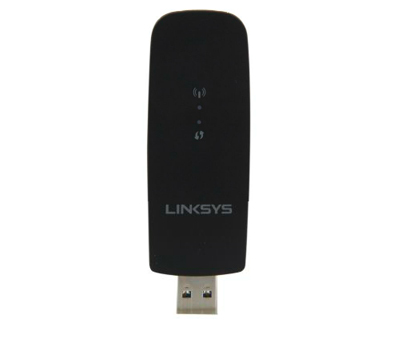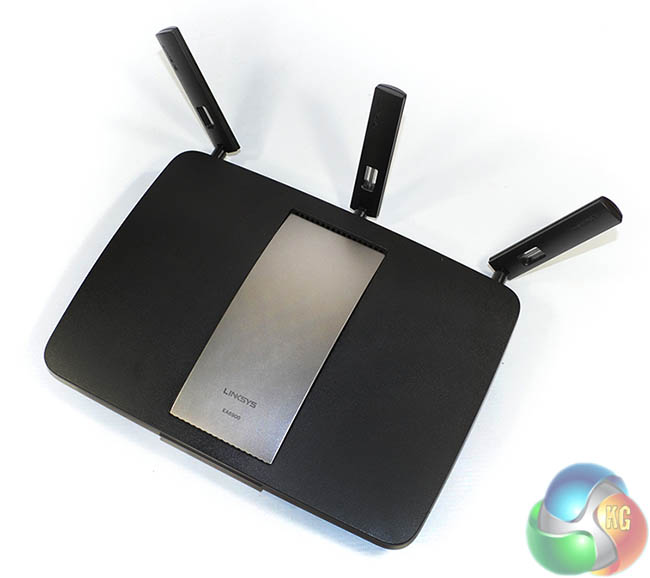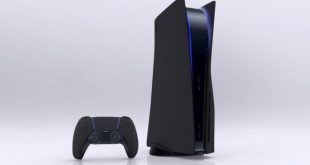Testing methodology:
We used Totusoft's LAN Speed Test software to measure the real-world network throughput offered by the Linksys EA6900 AC1900 wireless router. Xirrus Wi-Fi Inspector was used for information regarding competing wireless connections and signal strength measurements.
LAN Speed Test provides real-world performance results as it creates the file, measures the time taken to transfer it, and calculates the effective network throughput. Each set of results is certified by measuring the Windows-reported transfer rates when sending a large media file across the network.
To eliminate potential bottlenecks, the ‘server' computer was connected to the EA6900 via Gigabit Ethernet. We tested the performance of the router's 5GHz 802.11ac signal and the venerable 2.4GHz 802.11n connection.
For short range testing, our laptop was positioned 10 feet (3 metres) from the router, in the same room. This represents a typical usage scenario where the EA6900 is required to provide a wireless signal for many devices located in a single room.
For medium range testing, our laptop was positioned around 20 feet (6 metres) from the router, on the building's floor below. The signal has to travel through three plasterboard walls (including two fireproof doors) and a solid brick floor in our converted church building. Due to the building's age and very solid wall material, having the power to project the signal by 20 feet is more demanding than the distance alone would suggest.
We also run a long-range connection test with the laptop positioned around 40 feet (12 metres) from the router (horizontally), on the building's floor below. The signal has to travel through two plasterboard walls and a solid brick floor in our converted church building. Due to the nature of the building, the 40 foot distance is a particularly demanding task for any router. We would anticipate the lower-frequency 2.4GHz signal to fare better (compared to its short range result) in the long-range test because attenuation will be less of an issue.

To accurately test the performance of the Linksys EA6900 router, we used the company's WUSB6300 802.11ac wireless adapter. The two-stream adapter operates on both frequency bands, making it capable of speed up to 867Mbps via 802.11ac wireless, and 300Mbps via WiFi-N. A USB 3.0 connection is used to ensure optimum transfer rates.
We also tested the Linksys EA6900 router's wireless performance with a Dell Precision M3800 workstation laptop. The M3800 uses an Intel Wireless-AC 7260 PCIe adapter which operates on the 2.4GHz and 5GHz frequency bands and supports 802.11 a/b/g/n/ac connections.
Wireless-ac adapters are still relatively new on the marketplace and the offerings from Intel and Linksys are no different; both are only able to operate a two-stream 802.11ac connection which results in a 867Mbps speed limit, rather than the three-stream 1300Mbps connection supported by the router.
Note: While we aim to keep interference from other wireless devices to a minimum, there are some parameters that we have no control over. In the mid- and long-range test environments, there are approximately five and ten competing wireless devices, respectively. The test environment also sees the EA6900 competing with one to five high-powered, dual-band Cisco routers, amongst others.
Test Procedures:
- Totusoft's LAN Speed Test software, 100MB file transfer between client and server computers.
- We measure the transfer speed when copying a large media file across the network to certify the Totusoft LAN Speed Test results.
- We run the test five times and take an average (therefore reducing the effect of slight variations in the measured speed of each result).
- When averaging the recorded transfer rates, we will determine and eliminate outlier results and run an extra test in place (therefore reducing the effect of random errors).
- 2.4GHz Wireless-N and 5GHz Wireless-ac connections are tested using each wireless adapter.
‘Server' Computer:
- Processor: Intel Core i7 4770K.
- Motherboard: ASRock Z87 OC Formula.
- Network Controller: Intel I217V Gigabit LAN chipset.
- Test Drive: 120GB SanDisk Extreme SSD (SF-2281).
- Operating System: Windows 7 Professional SP1 64-bit.
- Router Connection: 1Gbps Wired Ethernet.
‘Client' Dell Precision M3800 Laptop:
- Processor: Intel Core i7-4702HQ.
- Test Drive: SK hynix SH920 mSATA 256GB SSD.
- Wireless Adapter (native PCIe): Linksys WUSB6300 & Intel dual-band Wireless-AC 7260.
- Operating System: Windows 8.1 Pro 64-bit.
- Router Connection: 2.4GHz Wireless-N & 5GHz Wireless-ac.
 KitGuru KitGuru.net – Tech News | Hardware News | Hardware Reviews | IOS | Mobile | Gaming | Graphics Cards
KitGuru KitGuru.net – Tech News | Hardware News | Hardware Reviews | IOS | Mobile | Gaming | Graphics Cards



